One idea I had when I started this website almost ten years ago was that I wanted to make science simple and accessible. I hope I have created a place where questions on anything from barnacles to whales can be answered in a knowledgeable no-nonsense or overly jargon tone. My secondary goal has also been to create awareness about ocean-related issues which would lead into actions. Maybe you like watching movies and visiting the shore and understand that there is concern for the ecosystem.
What I have now for the month of November is a series of posts on quick and useful actions you can take in the kitchen, bath, laundry, garage, during the holidays, and around your community to change behaviors and lessen your impact. Each one features products that are tried, true, and tested but I am not being paid. Please read, share, and feel free to comment if you have other strategies.
- Better Life mopping:
 My mom is coming next week so it’s time to get serious with the floors. This stuff is magic on hardwoods and even helped get rid of some scuffs from the move (when I switched furniture six or seven times) and my dog’s paw prints. The company is based in Missouri and founded by some folks that realized floors should be clean once they had kids. They’re so right. Even though my kids aren’t crawling I’m less miserable playing on the floor with them. Join their mailing list for good deals. It’s so worth it.
My mom is coming next week so it’s time to get serious with the floors. This stuff is magic on hardwoods and even helped get rid of some scuffs from the move (when I switched furniture six or seven times) and my dog’s paw prints. The company is based in Missouri and founded by some folks that realized floors should be clean once they had kids. They’re so right. Even though my kids aren’t crawling I’m less miserable playing on the floor with them. Join their mailing list for good deals. It’s so worth it. - Use glass instead of plastic: Food storage and drinks can easily be switched out to glass. Spend some time scoring second-hand stores and lot’s of glass containers are cheap. Honestly, it’s bloody difficult to be #plasticfree or #zerowaste. I like the approach by Kathryn Kellogg in that she’s Going Zero Waste since it’s virtually impossible to be waste free. Limiting plastic isn’t just a good idea to reduce marine debris in the ocean but it potentially cause a correlation with your endocrine system.
- Buy bulk: Along the same lines as the using glass it’s an easy transition to quite using the plastic bags for produce and buy bulk. I have not used the plastic bags for produce in years and usually have a kid or two in tow at the store so the stuff is all over the belt. The people are pretty used to it and I have never once heard a cashier say, “what’s wrong with you? Why didn’t you use the bags for these?” It’s one of those crazy things that we accept but we’d be fine without. Packaging makes up 30% of our waste.
- Make your own cleaning supplies.

- Switch to fair trade coffee. Start with one fair trade product and work through others by checking out these helpful resources.
- Skip the paper towel and try the cellulose clothes. Just try them if you see them. Lots of places sell them and you won’t be out of paper towels again. Cause … you’ll never need them. This is what we are currently moving on from in our house.
- Use compact fluorescent light bulbs. You’ll save money and it’s a huge reduction in energy use.
- Make sure your wood stove is up to date and clean. Did you know you can install a wood stove inside a fireplace?
All of the Action Project Ideas:
- In the Kitchen
- In the Bath & Laundry
- In the Garden & Garage
- During the Holidays
- Around the Community
If you’re already a regular subscriber – thank you! If not, please take the time to add your email address to the subscribe option at the top of the right hand column. Don’t forget to follow on Twitter, Instagram, or Facebook.
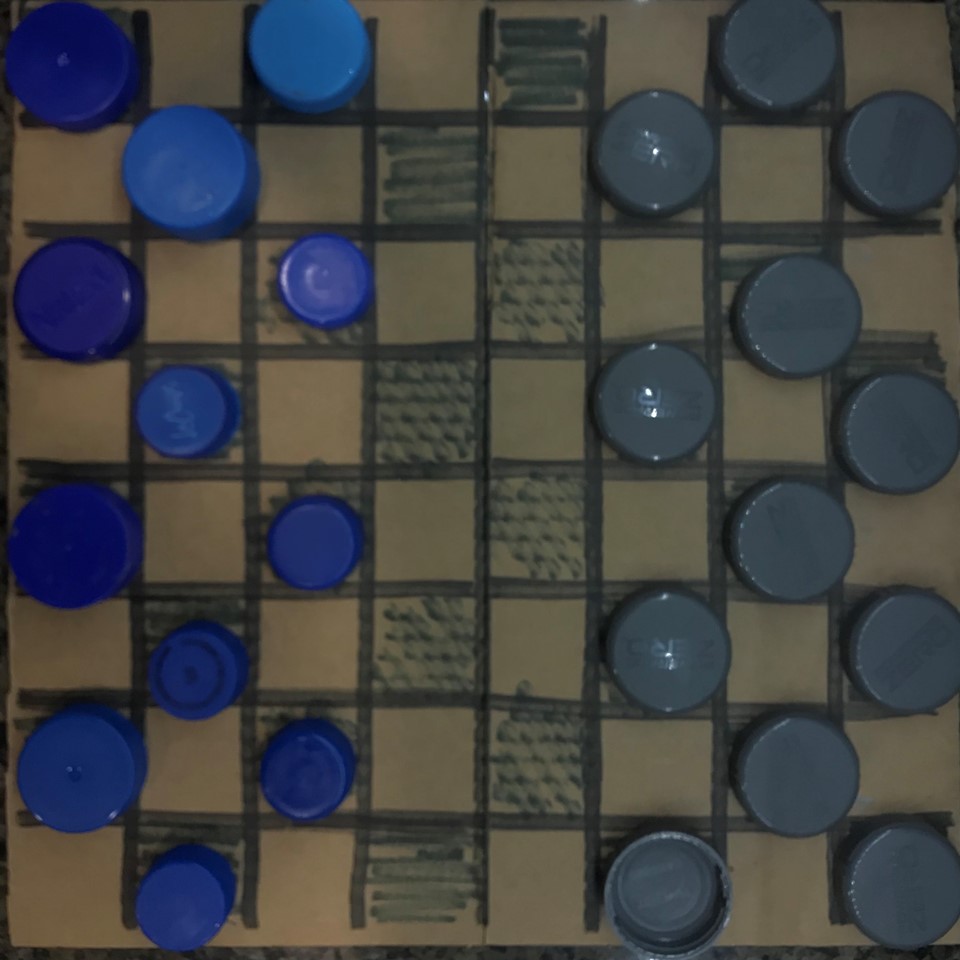
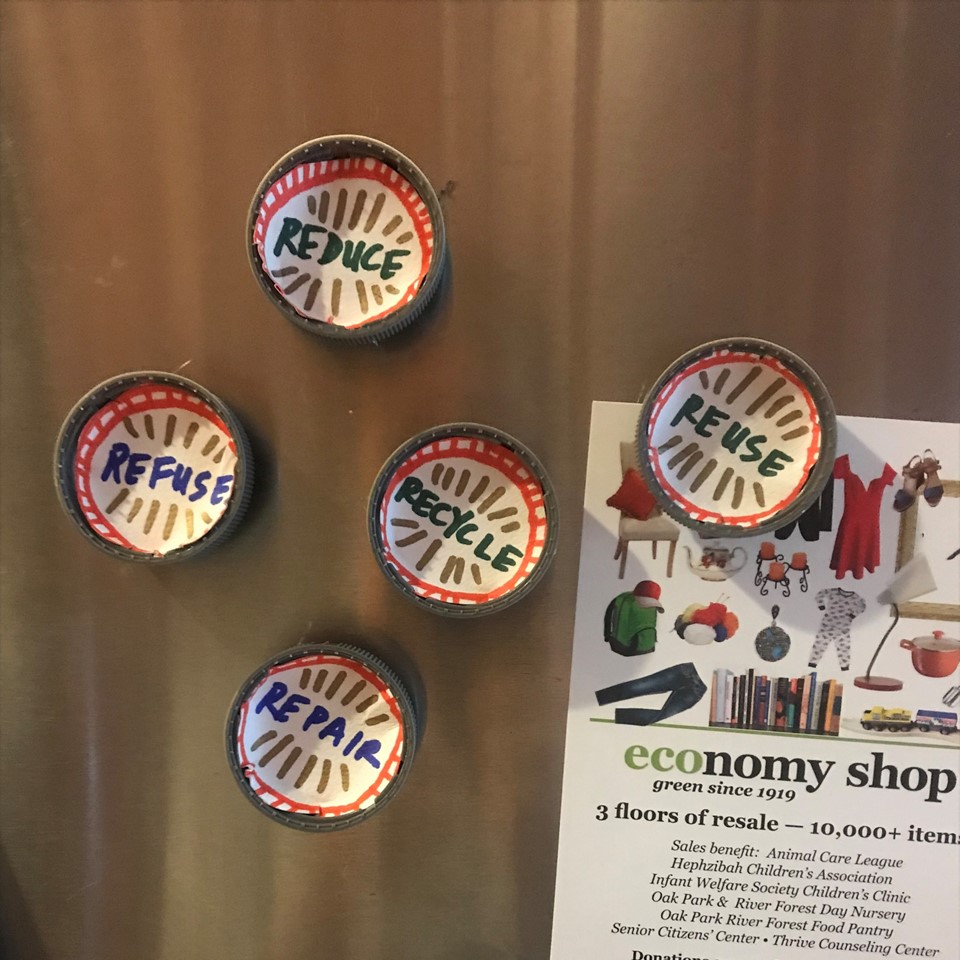
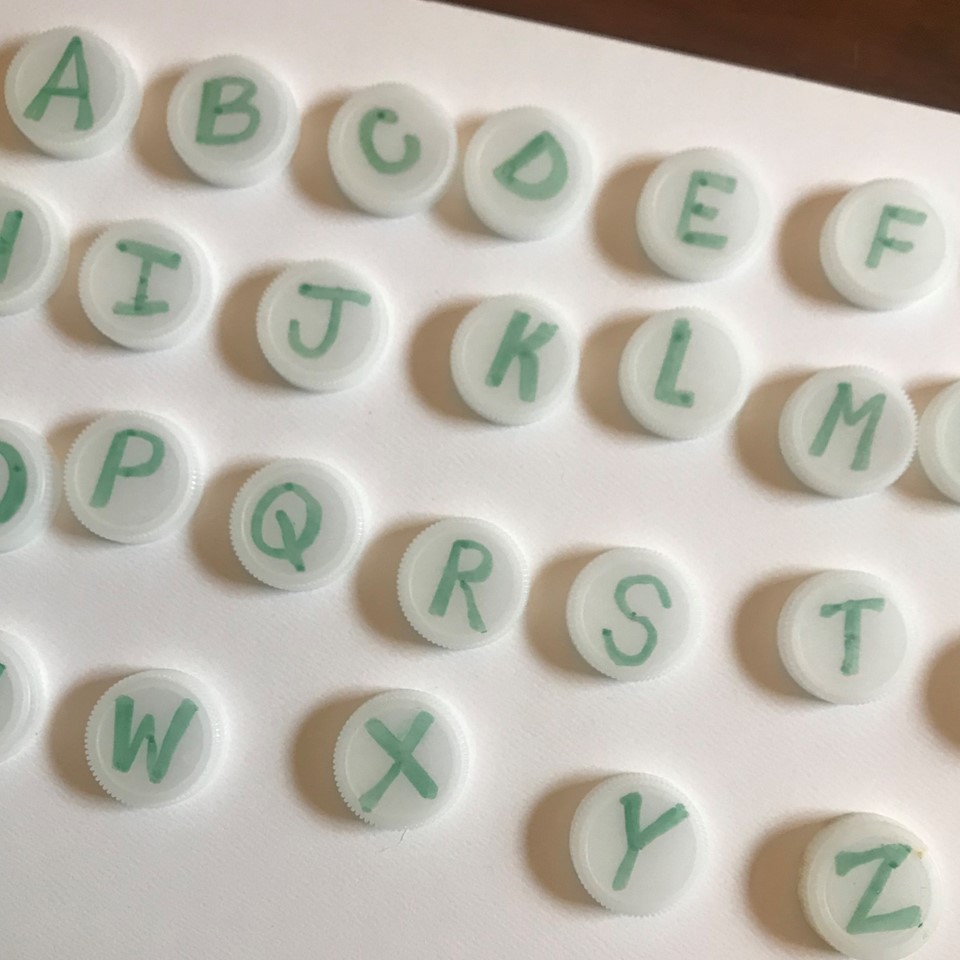
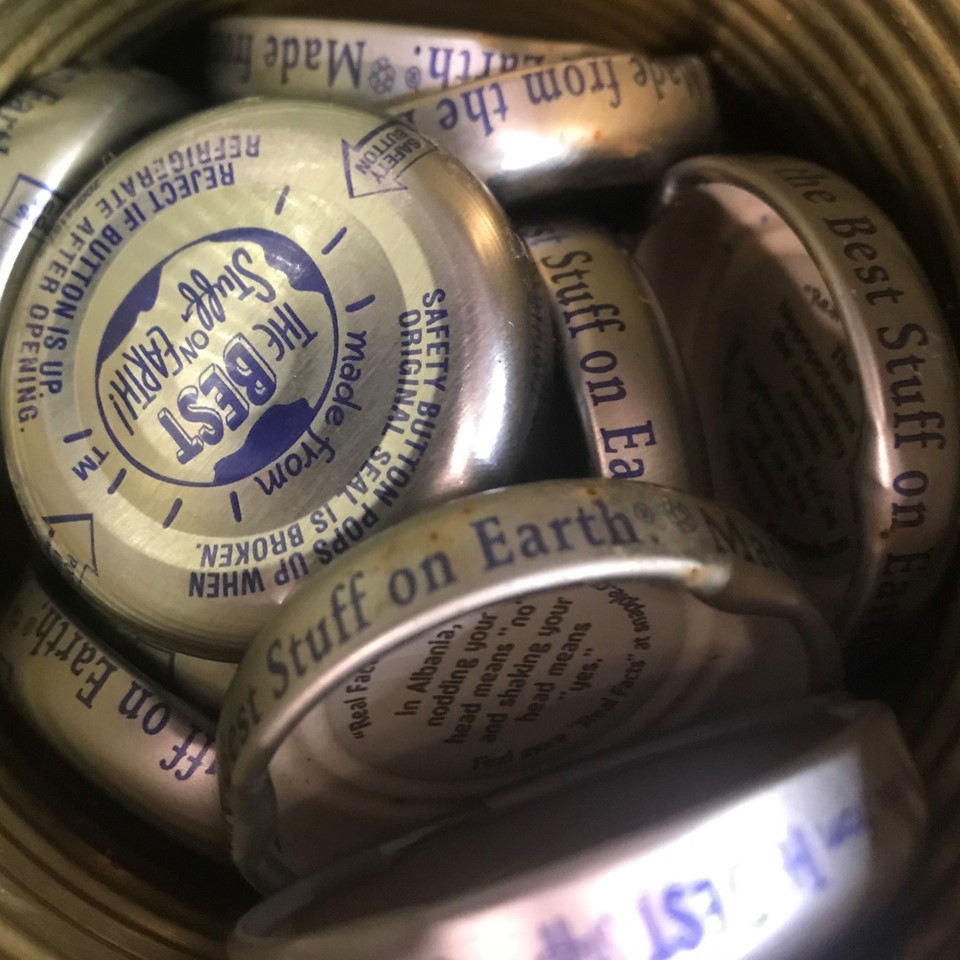
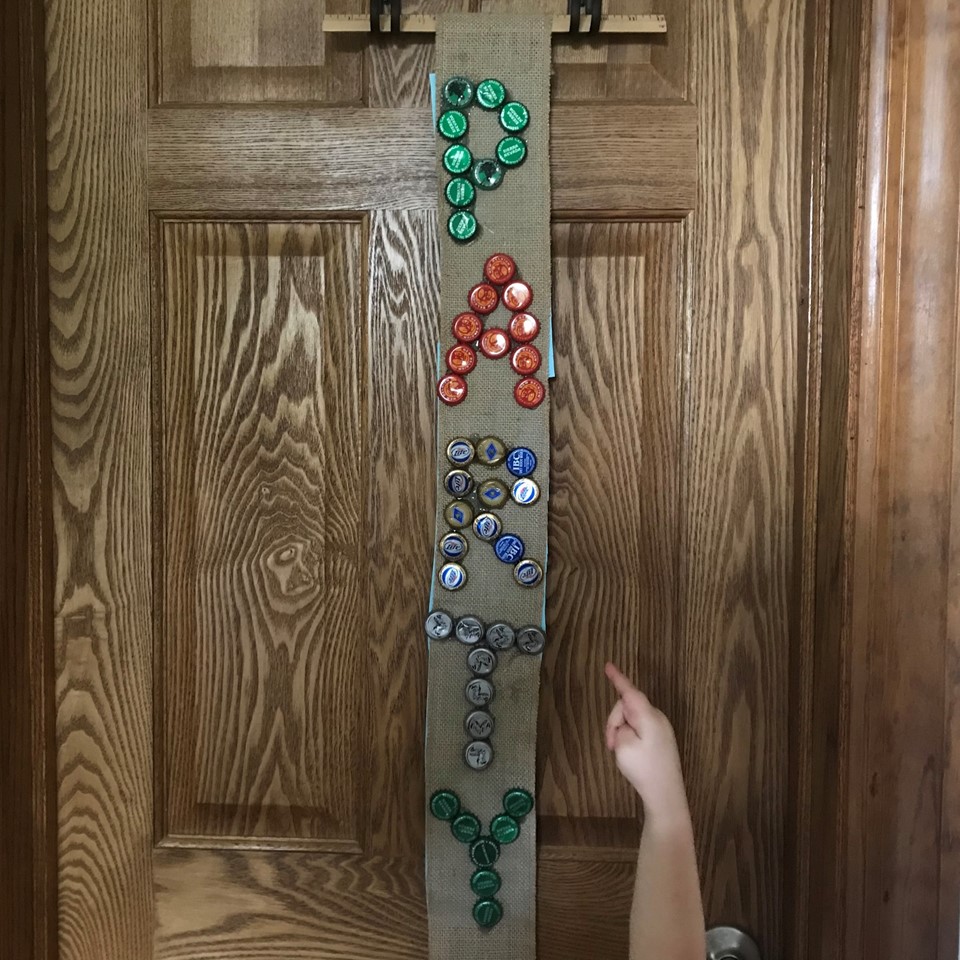
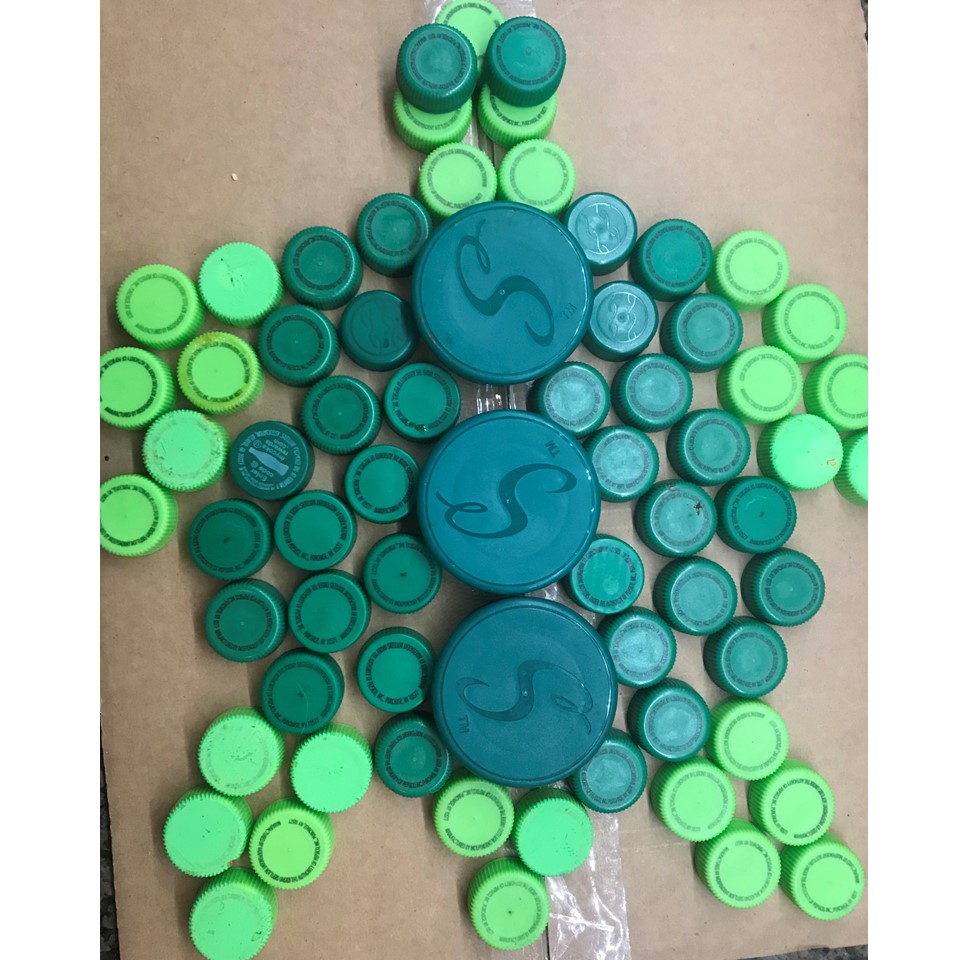
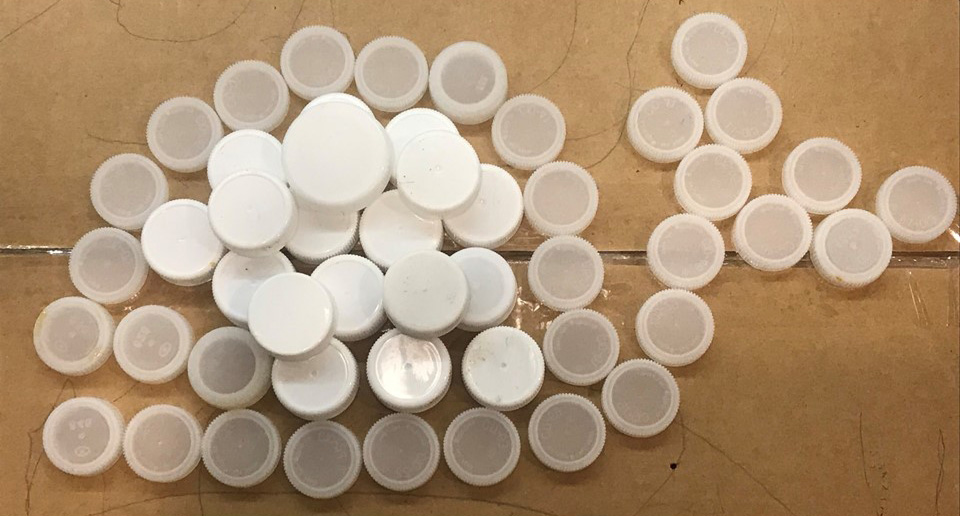

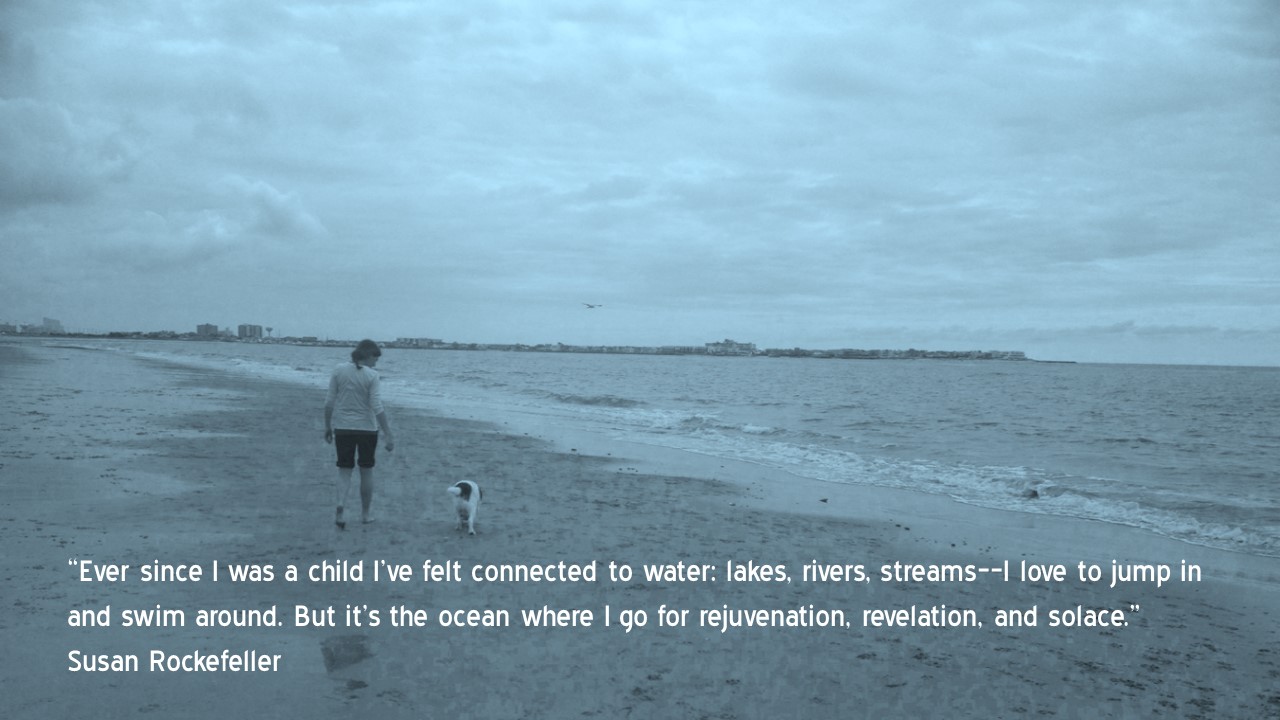
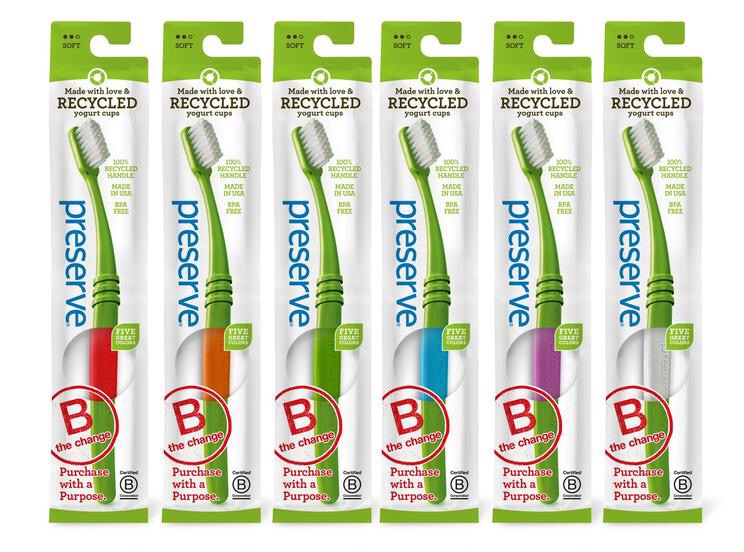
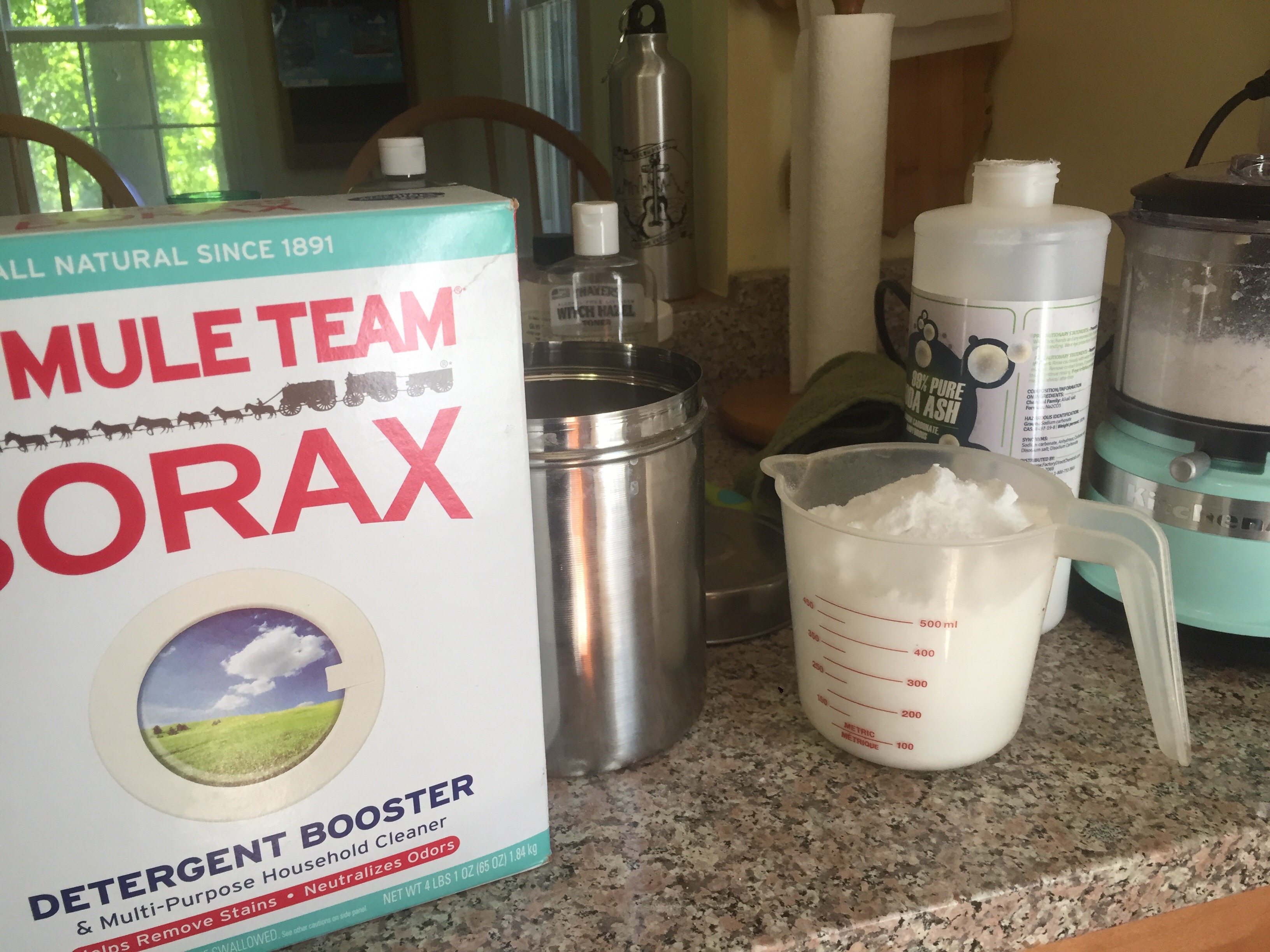
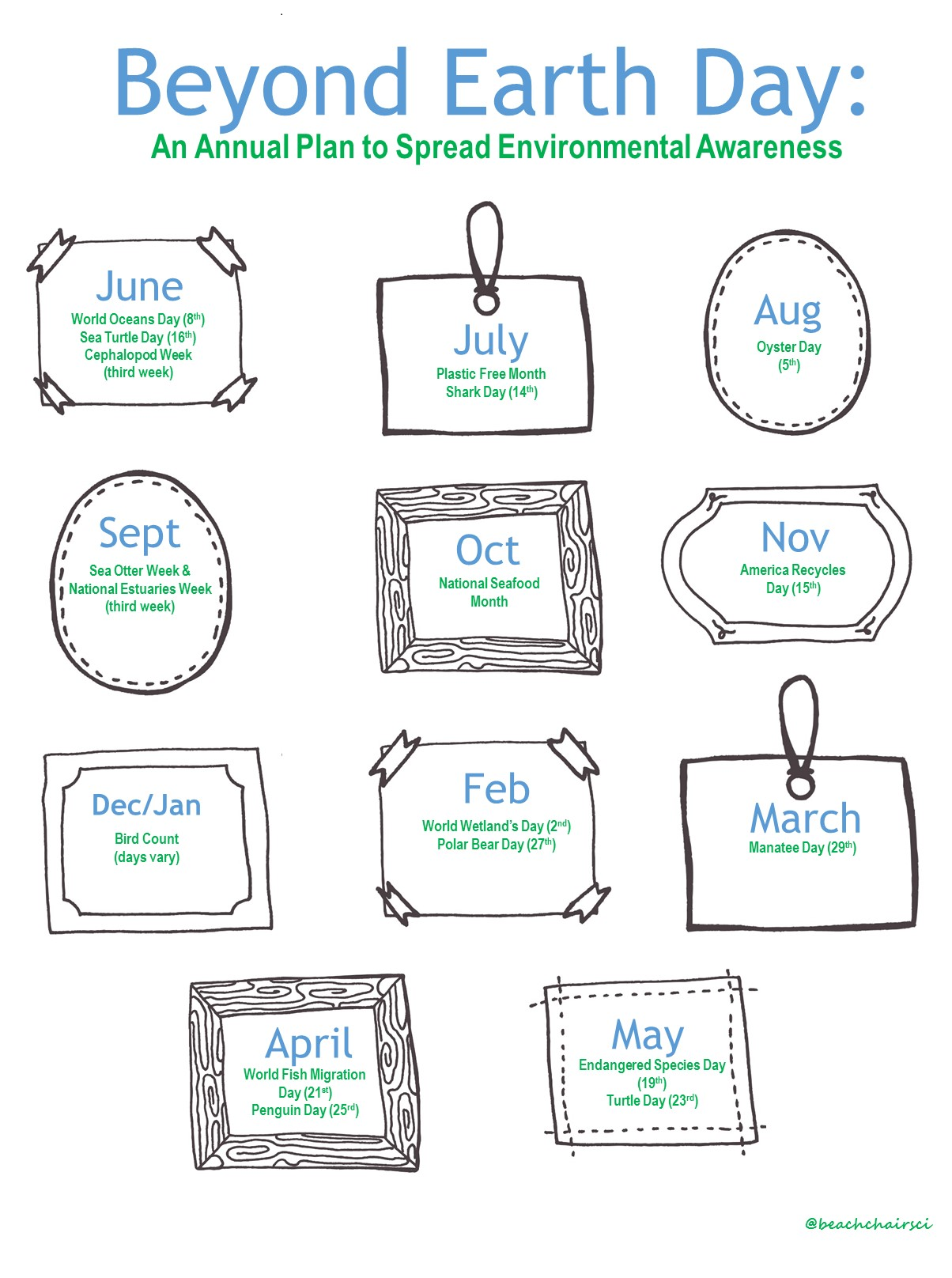


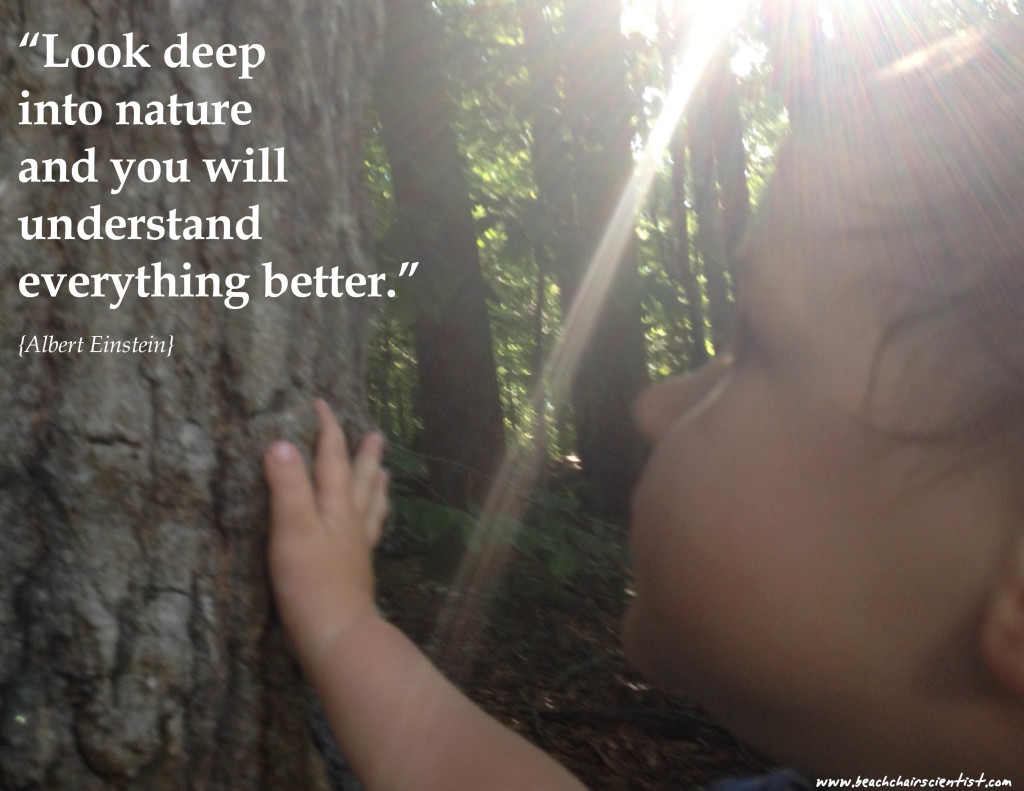

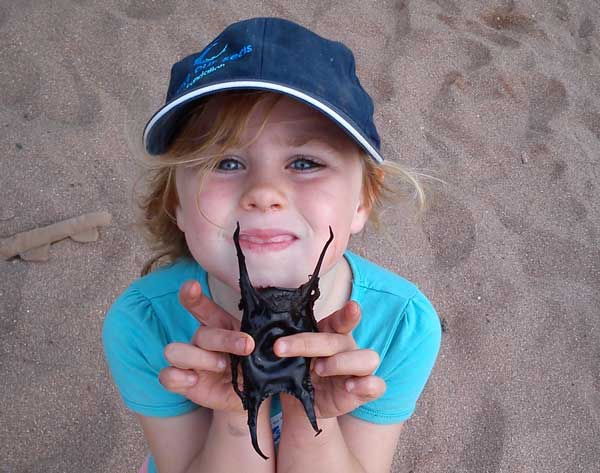
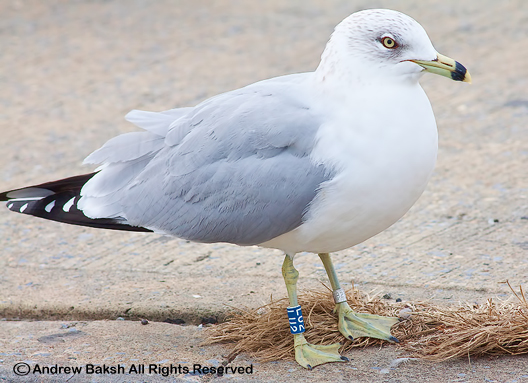







What people are saying …